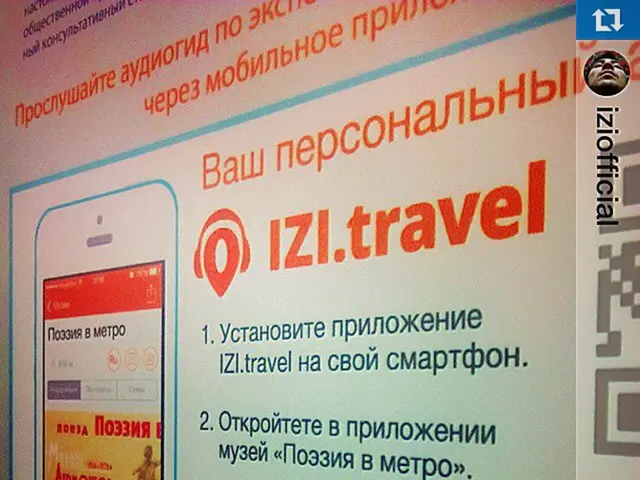Don't Leave Your 401(k) Behind: Options When Switching Jobs
When leaving an employer, your 401(k) plan doesn't have to be left behind. Understanding your options and potential tax implications is crucial. Mat Sorensen, CEO of Directed IRA and Directed Trust Company, offers guidance.
Firstly, be aware that if you don't make a decision, your former employer might do it for you. If your balance is $7,000 or more, they can keep it in their plan. Below $7,000, they may move it to an IRA, or if it's less than $1,000, they could send you a check, known as a cash out.
You have several choices for your old 401(k). You can keep it as is, roll it over to your new employer's plan if they allow it, transfer it to an IRA for more investment options, or take a lump sum withdrawal. However, if you're under 59 1/2, you'll face a 10 percent tax penalty on unpaid 401(k) loans and lump sum withdrawals, on top of ordinary income taxes.
If you have an outstanding 401(k) loan, you can repay it to an IRA within your personal tax return deadline of the following year to avoid tax implications and penalties. Regardless of your choice, keep an eye on your old 401(k) to avoid losing track of your money.
In conclusion, when leaving an employer, your 401(k) plan requires your attention. Consider the balance, plan costs, and tax implications. You have options, but it's vital to make an informed decision. Consulting with a financial advisor can help navigate the complexities.
Read also:
- EU Proposes Using Frozen Russian Assets to Fund €140bn Ukraine Loan
- Event Showcasing Accessibility Technologies
- Revealed: Top and Bottom UK Banks for Digital Banking Services
- Affordable supermarket purchases from dollar stores are not sabotaging typical American nutritional habits, according to research findings







